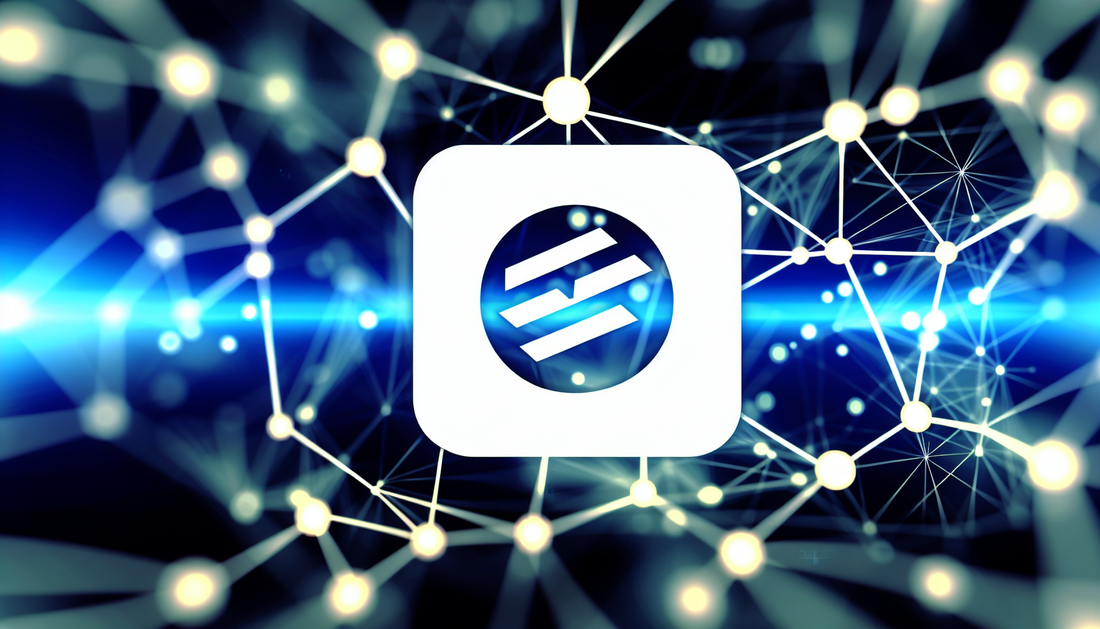
Zilliqa vs. Competitors: Who Comes Out on Top?
Share
Zilliqa vs. Rivals: An In-Depth Comparison
Zilliqa (ZIL) stands out in the competitive landscape of blockchain platforms with its focus on scalability, brought to life through its sharding technology. However, in a sector inhabited by robust competitors like Ethereum, Sui, and Polygon, how does Zilliqa truly compare?
Scalability and Technology
Zilliqa was one of the pioneers of sharding in the blockchain world, allowing it to scale effectively through parallel processing. This gives Zilliqa an edge over Ethereum's mainnet, which still grapples with scalability despite Ethereum's migration to proof-of-stake. Comparatively, Sui, another emerging blockchain, also employs advancements in consensus and execution to enhance scalability. However, Zilliqa's sharding solution, specifically designed to increase throughput as the network grows, provides a simple yet efficient scalability method.
Smart Contract Functionality
When it comes to smart contract capability, Zilliqa uses the Scilla language for added security and auditing ease. This contrasts with Aave-enabled platforms that use Solidity, offering the advantage of being battle-tested but lacking the inherent security features of Scilla. Zilliqa's approach targets financial applications and aims to mitigate vulnerabilities in smart contract execution, which has been a point of criticism for Ethereum and other platforms.
Decentralization and Governance
Zilliqa adopts a hybrid consensus model, integrating practical Byzantine fault tolerance (pBFT) with proof-of-work to maintain energy efficiency and security. This positions it favorably against more centralized rivals like Solana, known for its high throughput but centralized validator nodes. Meanwhile, contenders like Nervos Network focus on sustainability and decentralization, albeit with different technological underpinnings.
Real-World Application and Adoption
In terms of real-world applications, Zilliqa has seen adoption in areas like finance, digital advertising, and gaming. However, Ethereum remains the leader in dApps, with its extensive ecosystem and first-mover advantage. Competitors such as Litecoin, primarily a payments-focused blockchain, offers simplicity over complexity, contrasting Zilliqa’s multifaceted applications. Meanwhile, Zilliqa continues to build partnerships and projects to cement its role in the blockchain ecosystem.
Despite the presence of strong competitors, Zilliqa has maintained its place in the industry with innovative solutions and effective scalability. The challenge remains to broaden its adoption and community growth, areas where other platforms currently surpass it.
